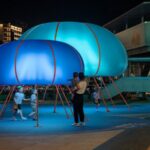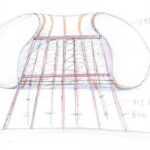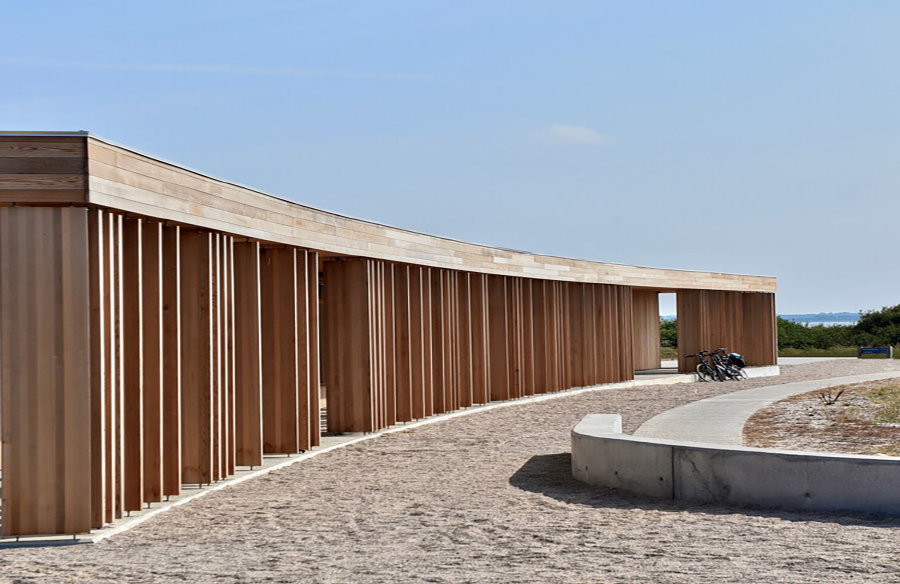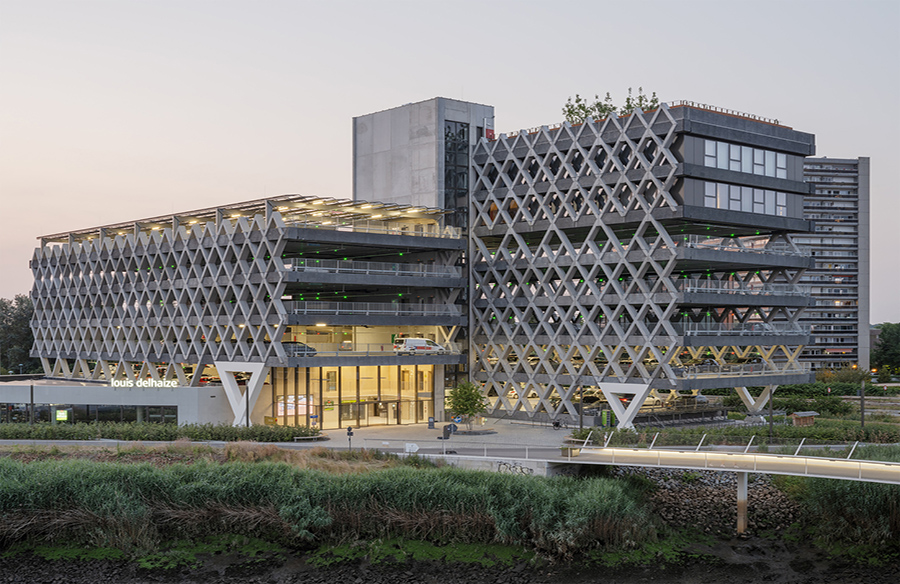The Floating Pavilion, a spatial installation conceived by Daxing Jizi Design, emerged as a highlight of the 3rd Public Urban Festival “Let’s Gala” in Shenzhen. This captivating creation, adorned with luminous pavilions, transforms the urban landscape into a realm of fantasy and creativity. It serves as a vibrant public space that fosters emotions, vitality, and cultural resonance, offering a serene retreat for contemplation amidst the bustling city.

Inspiration and Concept
Drawing inspiration from the graceful form of marine plankton, particularly the jellyfish, the Floating Pavilion embodies a surreal experience of light and space. Its organic shapes and immersive radiance evoke a sense of floating thoughts and poetic sensations. By intertwining realism with abstraction, the design transcends conventional boundaries, inviting reflection on the interconnectedness of people, city, and nature.
Design and Implementation
The installation comprises a series of luminous structures, delicately integrated into the urban fabric. These structures, adorned with translucent inflatable film, exude a hazy texture that shifts and shimmers with programmed RGB lighting. The rhythmic illumination, reminiscent of the pulsating rhythm of deep-sea jellyfish, creates a dynamic and immersive environment conducive to social interaction and contemplation.

Features and Facilities
The centerpiece of the installation is a large pavilion resembling a giant jellyfish, offering a visual focal point and auditory experience through integrated sound installations. Surrounding this focal point are medium-sized pavilions designed for human-scale interaction, encouraging exploration and engagement. Additionally, small-scale loungers, reminiscent of jellyfish, provide respite and serve as public resting facilities within the square.
Reflection and Impact
Daxing Jizi Design’s approach to public art installations bridges the realms of architectural design and artistic expression. By creating immersive experiences that resonate with personal emotions and collective identity, the Floating Pavilion fosters a sense of belonging and unity within the community. Through its transformative impact on urban spaces, the installation promotes cultural exchange, social cohesion, and the exploration of shared futures.

Conclusion
The Floating Pavilion stands as a testament to the power of creativity and imagination in shaping urban environments. As a beacon of light and inspiration, it invites individuals to embark on a journey of self-discovery and connection with the world around them. In an age dominated by technology and urbanization, installations like the Floating Pavilion offer a glimpse of harmony and beauty, reminding us of the boundless possibilities that lie within the intersection of nature, art, and architecture.



















